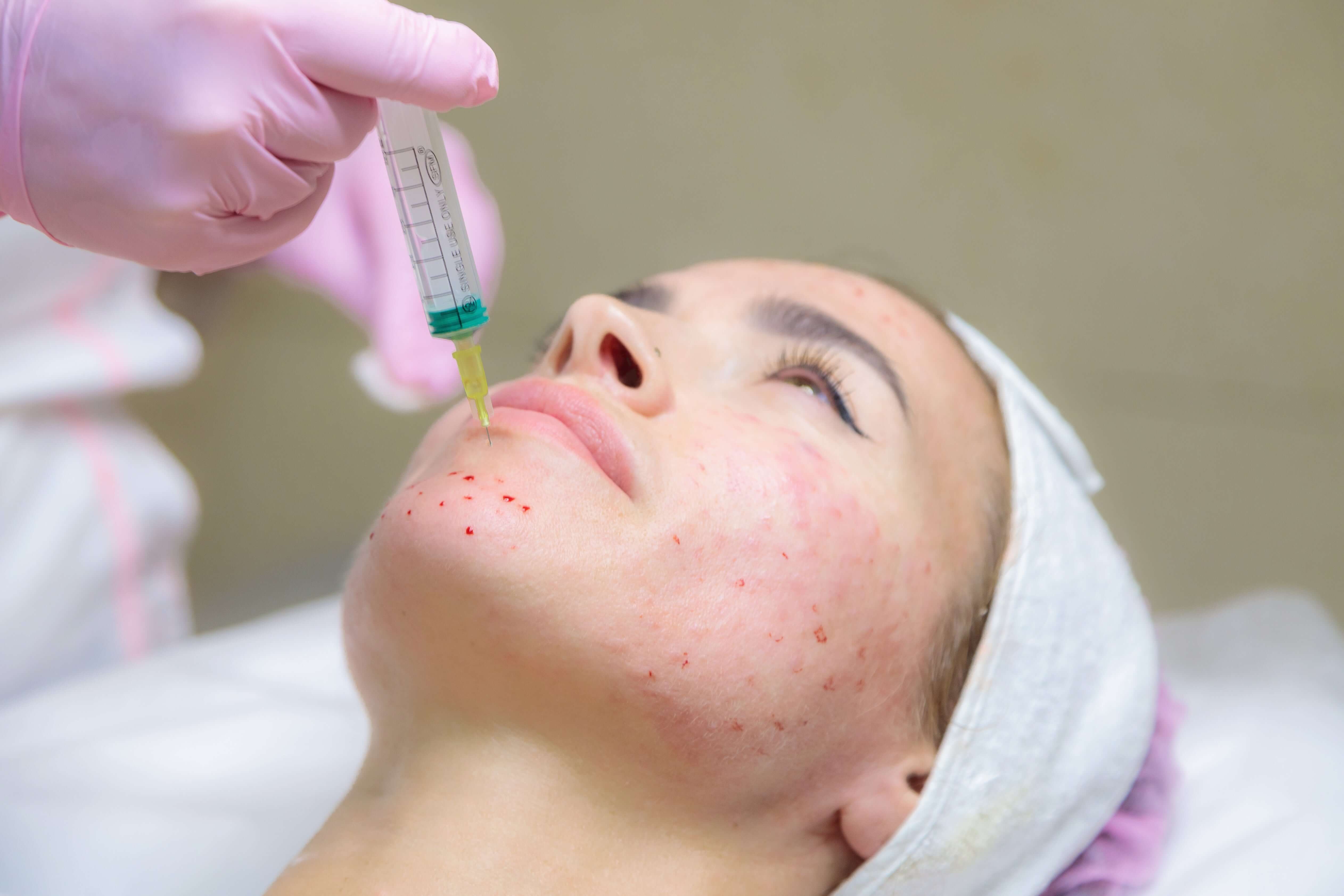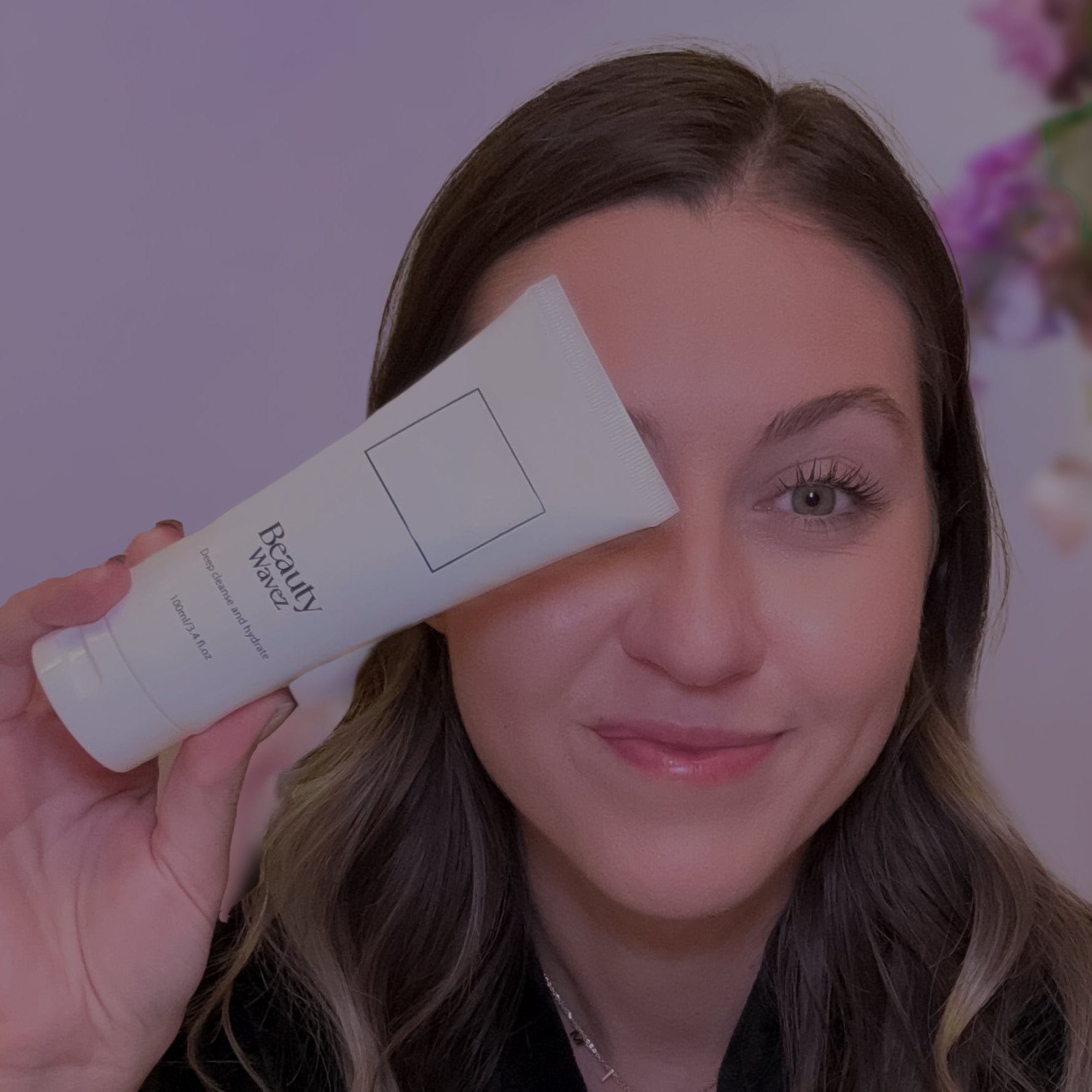Acne can be a frustrating and often painful condition to deal with, but understanding the different types and how to treat them can make all the difference. Whether you're dealing with the occasional pimple or more persistent cystic acne, each type requires a tailored approach to clear skin. Below, we break down the most common types of acne and the best ways to manage them.
Blackheads
Blackheads are one of the most common and easiest types of acne to identify. They are small, dark spots that form when hair follicles become clogged with oil, dead skin cells, bacteria, and other impurities. The black color comes from oxidation, which occurs when the top of the pore is open to the air, causing the buildup inside to darken. Blackheads are typically found in areas like the nose, chin, and forehead, but they can appear anywhere on the skin.
To treat blackheads, it’s important to use a cleanser that includes both physical and chemical exfoliants. These will help to remove dead skin cells and prevent pores from becoming clogged. You should also use treatments that contain salicylic acid or retinoids, which can reduce the buildup in pores and keep blackheads from reappearing. One treatment that has shown promise for eliminating blackheads and minimizing the appearance of clogged pores is Pore Release. This powerful, derm-tested solution works in as little as seven days to reduce blackheads and improve skin texture.
Whiteheads
Whiteheads are similar to blackheads but are covered by a thin layer of skin, which gives them a white or flesh-colored appearance. Like blackheads, they form when dead skin, excess oil, and bacteria clog the pores. However, since the pore is completely closed in whiteheads, the oil and bacteria trapped inside cannot oxidize, giving them their white appearance.
To treat whiteheads, it’s essential to avoid squeezing or popping them, as this can cause irritation and potentially spread the infection. Instead, consider using Mighty Patch, a hydrocolloid patch that draws out the gunk and helps heal whiteheads. Pimple Correct is also a great exfoliant that can help remove excess oil and dead skin cells from the surface, while Clarifying Prebiotic Moisturizer provides a boost of hydration to balance your skin and prevent future breakouts.
Papules
Papules are small, red or pink bumps that form when excess oil blocks the hair follicles and causes inflammation. These bumps are often tender to the touch and may feel sore. They are most commonly found on people with oily skin and can occur when the follicular wall breaks down, allowing white blood cells to rush in and fight off bacteria.
To treat papules, it's crucial to avoid skin irritants, excessive exfoliation, and heavy products that can clog your pores. A daily routine that balances oil production, exfoliates dead skin, and hydrates is key. Clear Collective is an excellent skincare line designed to target papules and help prevent further breakouts. Always use a non-comedogenic sunscreen to protect your skin from sun damage without clogging your pores.
Pustules
When people think of a "pimple," they often picture pustules. These are red, inflamed bumps that contain pus. Pustules form when excess oil, dead skin cells, and bacteria become trapped in the pores, causing inflammation and triggering an immune response. The result is a painful, swollen bump that may be yellow or white at the center due to the pus.
To treat pustules, resist the urge to pop them, as this can lead to scarring. Instead, try Mighty Patch to absorb the pus overnight and speed up the healing process. After the pimple has been cleared, apply Rescue Balm to soothe and restore the skin’s moisture balance. This will help minimize scarring and keep the skin looking smooth.
Nodules
Nodular acne is more severe than pustules and is characterized by hard, painful bumps beneath the surface of the skin. These nodules are formed when bacteria get trapped under the skin, leading to infection and inflammation. Nodules can last for weeks or even months and are often difficult to treat. They are more common in individuals with oily skin and can be quite painful.
If you have nodules, it's a good idea to consult with a dermatologist as soon as possible. They may recommend oral medications, cortisone injections, or other professional treatments to help reduce inflammation and clear the infection. At home, you can use products that contain salicylic acid, which helps clear clogged pores and reduce the size of the nodules.
Cysts
Cysts are similar to nodules but are larger and softer in texture. These deep, painful breakouts are filled with fluid and can become inflamed and infected. Cystic acne often leaves permanent scarring if not properly treated. Cysts can last for long periods and may affect large areas of the skin.
For cystic acne, seeing a dermatologist is highly recommended, as they can offer professional treatment options like corticosteroid injections or drainage. However, you can manage the symptoms at home by applying ice to reduce swelling and constrict blood vessels. A gentle skincare routine designed for acne-prone skin, free from artificial colors, fragrances, and parabens, can help prevent cysts from forming. Be sure to use products with calming ingredients like aloe vera or chamomile to help soothe the skin.
Conclusion
Understanding the different types of acne and their causes is the first step in treating and managing breakouts. Whether you're dealing with blackheads, whiteheads, pustules, or cysts, there's a solution for every type of acne. From exfoliating cleansers to powerful treatments like Mighty Patch and Pore Release, incorporating the right products into your routine can help you achieve clearer, healthier skin. Remember, consistency is key, and when in doubt, always consult with a dermatologist to ensure you're getting the best care for your skin.



